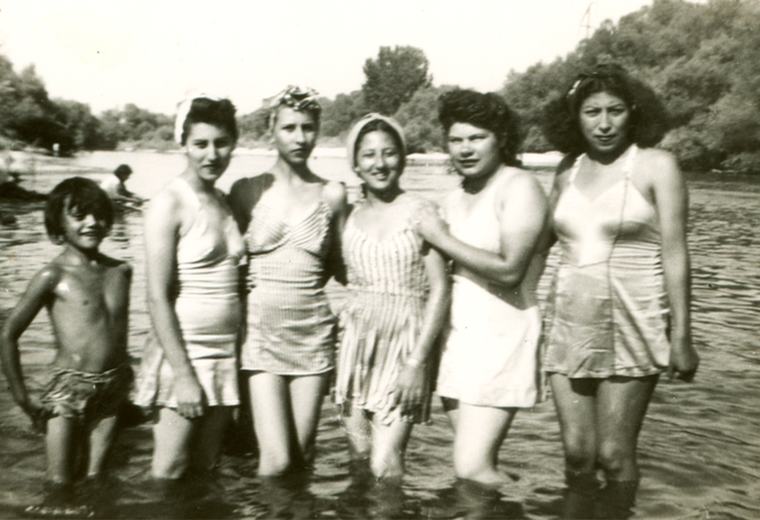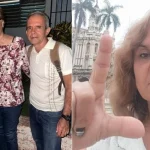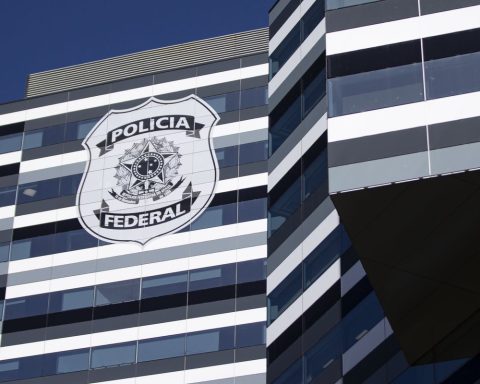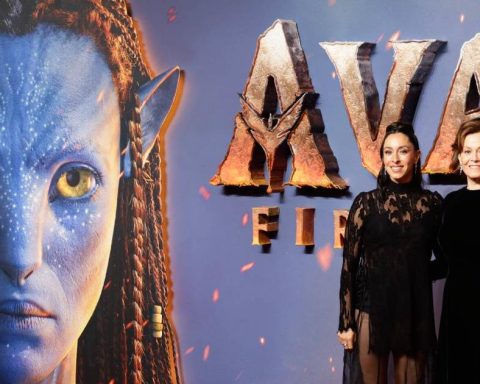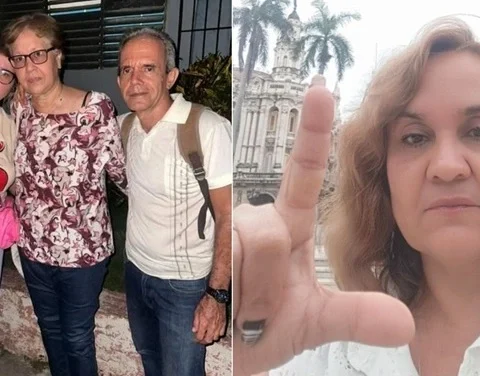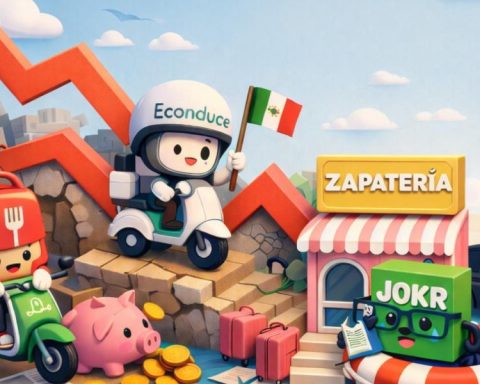December 12, 2022, 11:12 AM
December 12, 2022, 11:12 AM
The heat of late July is serious business in inland California.
And that afternoon in 1943 Mike Valles and Bobby Daste decided to shake off the almost 45 degrees that the thermometer marked with a splash.
Mounted on a bicycle, one on the saddle, the other on the bar, the teenagers took turns pedaling and covered the 8 kilometers to the Perris Hill pool in record time.
But once there, the employee at the entrance questioned them:
— Today is not your day to bathe. You have to come back the day it’s your turn.
Valles had to return on the day of the week reserved for people of his ethnic origin and which coincided with the day before the pool was emptied.
“They only allowed you to swim the day before cleaning the water”he told Mark Ocegueda, a professor at Brown University and an expert in the history of Latinos in the United States, who included the episode in his doctoral thesis.
“I was staring from the other side of the chain link fence, feeling like shit.”
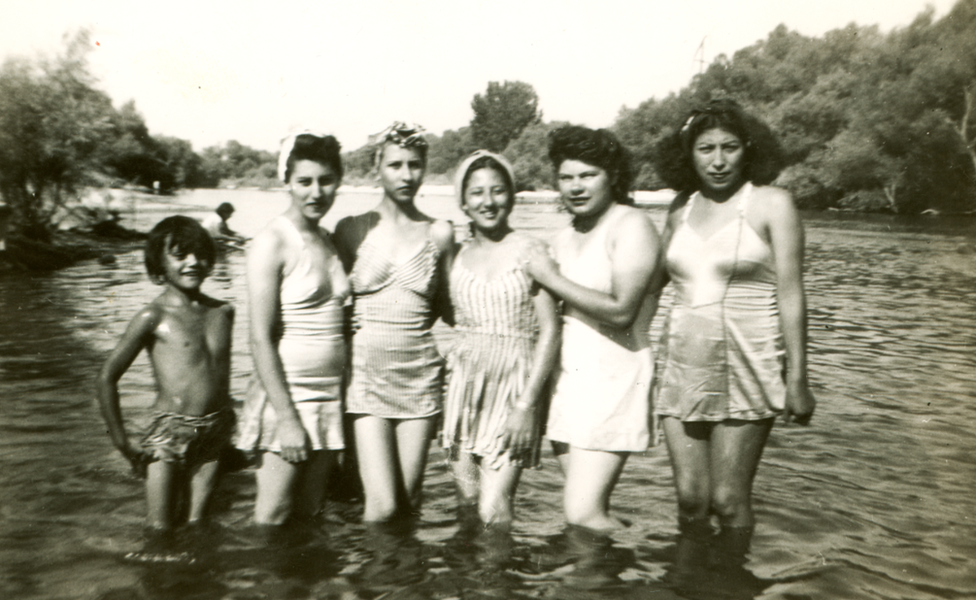
It happened in San Bernardino, at that time a city of about 50,000 inhabitants — today more than 200,000 — but it could have happened in any other corner of the “golden state.”
Sylvia Mendez, who lived for eight decades in Orange County, California, spoke in 2017 with NPR, the American public radio, and recounted a not very different reality: “We had to wait until Monday and once we bathed they changed the water to white children.”
“The so-called Mexican Mondays were very common,” Mark Ocegueda confirms to BBC Mundo. “This type of segregation existed in almost all the municipalities.from public pools in Los Angeles, to those in Southern California, Orange County, the San Gabriel Valley, even upstate.”
And it was not a discrimination based on the laws, but de facto and that it was applied in a rather haphazard way.
“There were no specific municipal ordinances that prohibited access to Mexicans and Latinos in general because of their ethnic origin, rather it was a segregation that occurred quite randomly,” continues the expert.
“So, for example, those with lighter skin were sometimes able to get in, without having to face scrutiny.”
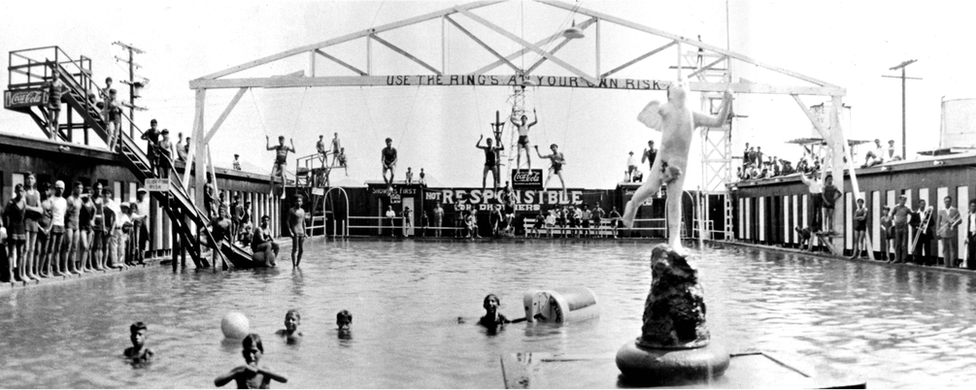
That was the experience of Carmen Dominguez-Nevarez in the pool at Ganesha Park, in Pomona, a city in Los Angeles County.
After her older sisters, Vera and Rosemary, were turned away, she was told, “Let’s kid them. What are you like güeritago, pay and enter“.
When she put her dime down on the counter, the guard simply said, “Come in, what are you waiting for?”
Dominguez-Nevarez dove into the water and after laughing for a long time, he came out saying “bye-bye,” never to return.
“We feel like a victory,” he told Ocegueda.
The drop that filled the glass
They were everyday scenes that passed without major consequences.
But the day Valles was turned away from the Perris Hill pool had a different outcome.
The young man ran home to tell his parents, Jovita and Gonzalo Valles, she a native of Mexico City, he from Durango, who had immigrated to the United States in search of a better life and were two prominent figures in the 1940s. of the county’s Latino community.
They received the news fed up with being the target of discrimination.
Just two months ago they had not been allowed to bury their eldest son, Juvenal Valles, in Mountain View Cemetery. He was a cadet in the air forces and died, at just 19 years old, during military exercises. But there was a problem: he was of Mexican descent.

The Valleys turned that into action, leveraging their connections and capitalizing on the malaise left in the community by the so-called “riots of the zoot suit“the violence that occurred in various US cities between June and August 1943 against Mexican-Americans and other minorities who wore particular clothing.
This is how the American Mexican Defense Committee was created, with the aim of combating segregation in the courts, explains Ocegueda.
Along these lines, and representing the 8,000 Hispanic inhabitants of San Bernardino, newspaper editors Ignacio López and Eugenio Nogueras; the priest Jose Nuñez and the students Virginia Prado and Rafael Muñoz presented a lawsuit against Mayor William Seccombe and the city due to the restriction of access to the municipal swimming pool.
During the trial, when the judge asked him about the causes of segregation, Seccombe stressed that there were no reasons of race, that the main access requirement was hygiene.
He added that they had instructed the manager to apply it “in an impartial manner” and that “in some cases the city felt that potential users should be asked for a medical certificate.”
Such a defense made the newspaper The San Bernardino Sun came out the next day with a story titled “The mayor affirms that Latinos are admitted when they are clean.”
On February 4, 1944 Judge Leon Yanckwich ruled in favor of the plaintiffs, concluding that the conduct of the mayor and the city was “illegal” and that it violated “the rights and privileges guaranteed by the Constitution of the United States.”
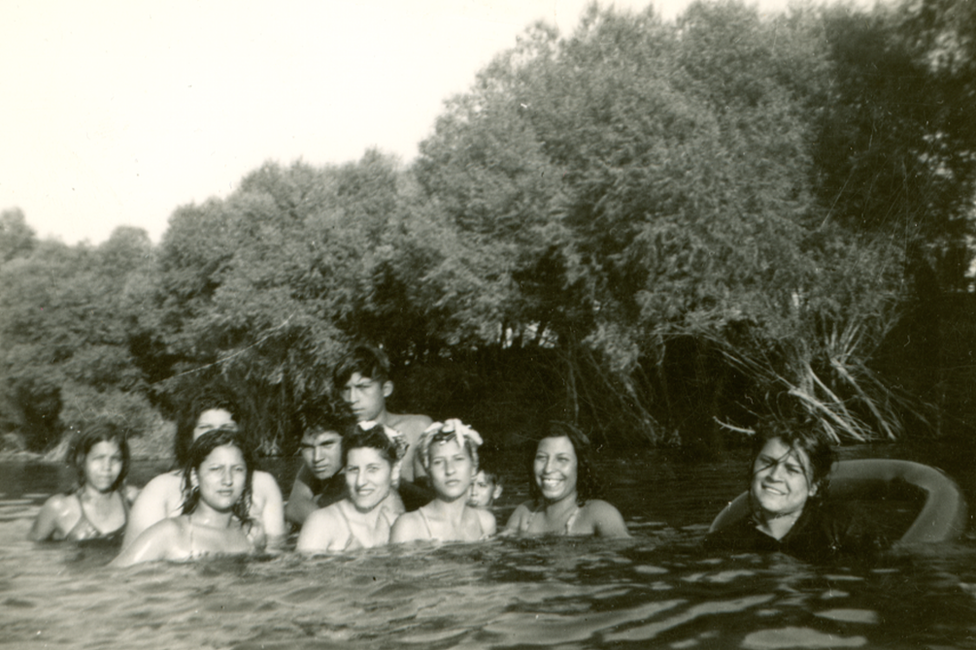
It was a milestone, one of the first cases against segregation and for civil rights in the US won in court, experts emphasize.
And according to Ocegueda, it gave rise to other more well-known rulings, such as the historic Mendez v. Westminsterwhich in 1946 ended the so-called “schools for Mexicans” in Orange County.
Is that segregation de facto It also occurred in the educational system, as well as in other aspects of public life, since in 1920 Mexican workers and other nationalities began to arrive in large numbers to cultivate citrus in the south of the state.
On the door of some restaurants there were signs that said “Neither dogs nor Mexicans” and in theaters they could only sit on the upper balconies.
“Separate but equal”
That discrimination was not far from that suffered at that time by other citizens, African-Americans, in many parts of the country.
Mainly in the southern states where the calls were still in force Jim Crow lawsenacted by white state legislatures and enshrined in racial segregation in all public facilities by mandate of iure under the motto “separate but equal”.
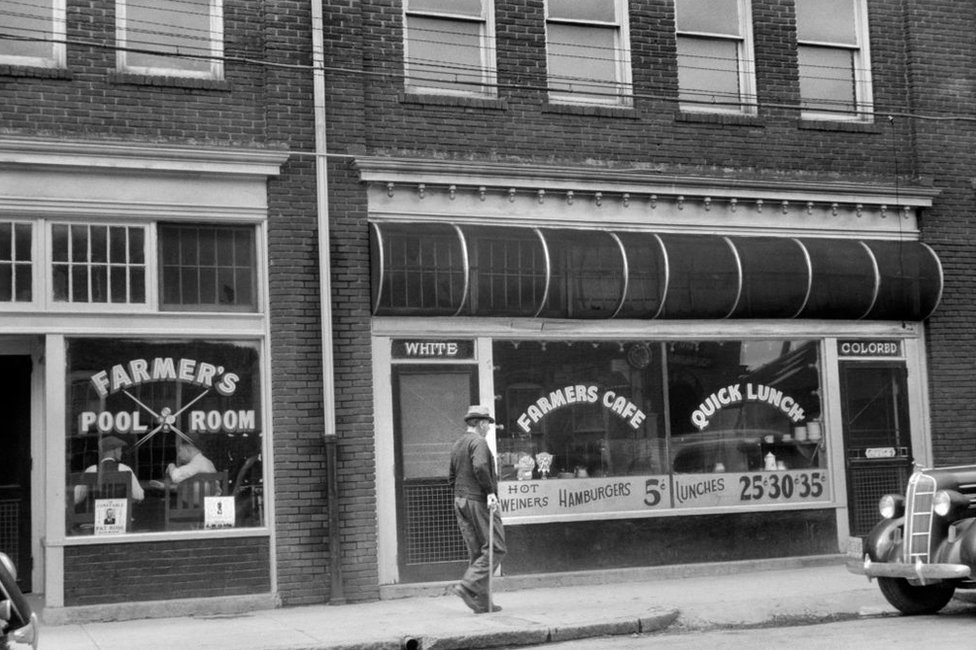
The separation existed, then, in public schools, in transportation, restaurants, bathrooms. There were drinking fountains for whites and others for blacks. Also pools and segregated beaches.
The latter existed well into the 1960s, which is why experts link such segregation to the high rate of drowning in black communities today.
And it is that in the US, black youth are six times more likely to drown in pools than whites, and 69% of African-American minors do not know how to swim or swim poorly, compared to 42% of white children, according to research commissioned in 2017 by the USA Swimming Foundation.
According to that same report, the rate of Latino minors who do not know how to swim or swim badly is 58%.
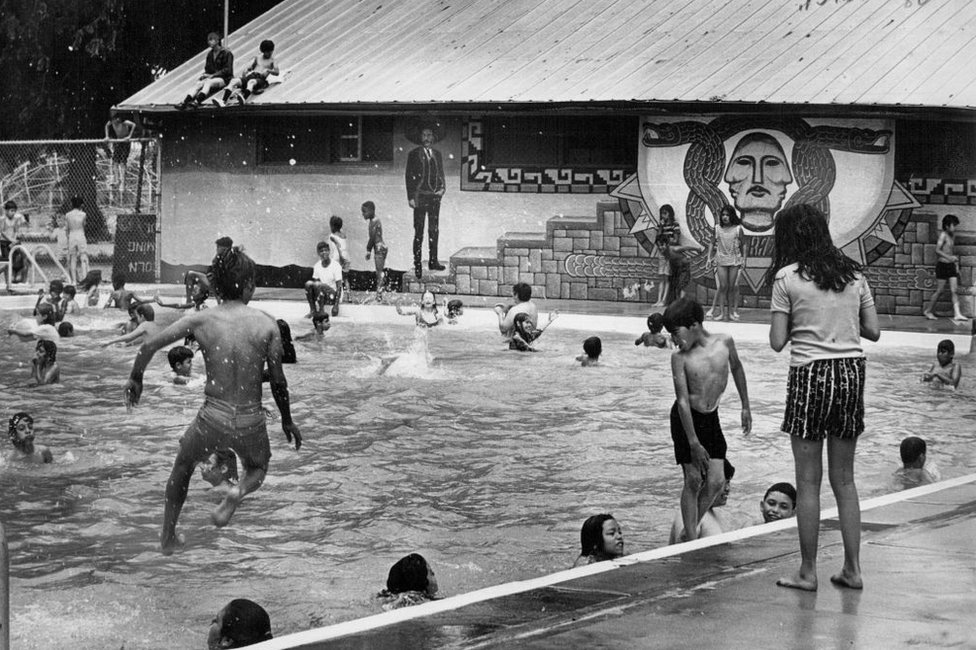
But why is the historical discrimination of “Mexican Mondays” so little known?
“Because for many years the historical narrative of racial problems that was presented to the public focused on black/white tension, because those who studied segregation focused on segregation in schools and found segregation in recreational areas less significant, and also because of bad archiving work,” says Ocegueda.
“A lot has been done about the so-called pioneers, but little about other groups that settled and created communities,” he says of Latinos. “They haven’t had as much recognition.”
Remember that you can receive notifications from BBC Mundo. Download the new version of our app and activate them so you don’t miss out on our best content.
